VAT Codes: If you are a business owner and don’t have a good idea about UK VAT codes, you need help. Without knowing everything about the UK VAT, charging it to your customers and paying to the HMRC would be challenging.
According to a survey, 19% of business owners are worried about missing something while filing VAT returns. On the other hand, 18% are concerned about any mistakes in the VAT filing.
Owners need to have a complete idea of these VAT codes to keep the records and prevent VAT-related mistakes.
Check our guide to find the best tax preparer near you.
By the way, what are these VAT codes UK?
Table of Content
What are VAT codes?
Before we dig into the UK VAT country codes, it is essential to understand what these VAT codes are.
HMRC introduced VAT codes to identify how much percentage of VAT to pay for goods or services. These codes are alphanumeric- VAT rate and alphabets.

You have to be clear here that the VAT code varies in the sales and purchases form. Once you are a VAT registered business, you must charge VAT on all Vatable supplies and pay it to the HMRC at regular intervals. The most common regular intervals are quarterly.
If you have purchased a product from a VAT registered store for your business purpose, you can claim the input tax and pay any resulting amount to the HMRC. There is a simple formula here that makes this concept easy to understand.
| VAT due= Output VAT – Input VAT |
Whereas,
Output VAT = paid by the customer
Input VAT = paid to the supplier
The standard VAT rate set by HMRC is 20%, but it keeps changing depending upon the business and types of goods or services.
For example, if you are selling essential goods such as food or children’s clothes, you won’t be charged VAT, and it is called Zero-rated.
Tax exemption is different from zero-rated, but you do not charge any VAT to customers under both.
Home energy or children’s toys have less VAT per cent (5%).
When filing the VAT returns, you have to enter different VAT codes depending upon the goods and services. Entering the wrong VAT code will result in inaccurate reporting on the VAT return and may cause you to pay the wrong amount; it can be more or less than what you need to pay. If you pay less amount, you will be liable for a penalty from HMRC.
The UK VAT codes List
Filing taxes digitally has become a common thing among businesses lately. If you are doing so, you will receive a drop-down menu to select the required VAT code.
The default VAT rate is set to 20% (the standard rate). However, depending on the business, the VAT rate can vary.
If you opt for a VAT of less than 20%, it is advisable to look at official VAT rates first and then proceed. Here are the common VAT codes list that you usually find in the business.
| Code | Description | Sales code | Purchase code |
| 20%S | Standard VAT rate Every VAT registered business must charge a standard VAT rate on Vatable supplies. | VAT at 20% to Box 1 Net Sale to Box 6 | VAT at 20% to Box 4 Net Purchase to Box 7 |
| 5.0 % R | Reduced rate VAT The reduced VAT rate depends upon the good or service, whom you have offered it and under what situation. For example: Mobility aidsNicotine patches, etcCar seats for childrenInsulation | VAT at 5% to Box 1 Net sale to box 6 | VAT at 5% to Box 4 Net purchase to box 7 |
| Zero Rate VAT | There are goods and services taxable for VAT but at zero per cent. For example: Babywear Helmets | VAT at 0% to Box 1 Net Sale to Box 6 | VAT at 0% to Box 4 Net Purchase to Box 7 |
| Exempt | Exempt VAT rate There are some essential goods and services that are exempt from VAT, for example: Education and TrainingInsuranceHealth care service | No VAT Net Sale to Box 6 | No VAT Net Purchase to Box 7 |
| 20.0% RC SG | Reverse VAT charge for services (Default) | N/A | VAT at 20% to Box 1 & 4 Net Purchase to Box 6 & 7 |
| 20.0% RC MPCCs | Reverse charge when one purchase mobile phones or computers | N/A | VAT at 20% to Box 1 & 4 Net Purchase to Box 7 |
Some goods and services don’t come under the scope of VAT. Here is the list of these products or services.
- goods and services that you buy and use outside the UK
- Anything that one purchase for personal use don’t come under VAT
- Goods or services you sell as part of your hobby- like stamps collection
- Donations to charity without getting anything in return
- Statutory fees like ULEZ or congestion charges
- Road tolls managed by public authorities
Know everything about the accounting cycle. It is vital for business owners.
How to keep VAT records?
A business with annual vatable supplies exceeding £85,000 requires VAT registration in the UK. Any business with lesser turnover doesn’t need VAT Registration, and these codes aren’t then necessary. In practice, many businesses register voluntarily for VAT, in which case, complete VAT law will apply.
Now that you know about the VAT codes in the UK let us talk about how to keep these VAT records.
Businesses need to keep the VAT records for at least six years. If you are using the VAT MOSS services, you have to keep them for ten years.
There are different ways to store these VAT records. However, with the latest making of tax digital, it is essential to keep all the VAT records digitally. You have to use MTD compliant bookkeeping software to ensure that all the VAT UK records are correct.
You may lose your VAT invoice at times, then get in touch with the supplier and get a duplicate invoice. It should be marked duplicate.
Businesses must keep the following records-
- All your invoice copies
- Debit, credit notes
- All invoices you receive
- Self-billing agreements (Customers prepare the invoice in this aspect)
- Name, address and VAT number of self-billing suppliers
- Records of all your imports and exports
- Records of any goods that you use or give for personal use without invoicing
- Records of the VAT exempt, zero-rated items you buy or sell.
- Bank statements, cheque stubs, cash books, till rolls, paying in slips.
Businesses that are under Making Tax Digital should have the following records digitally –
- Business name, VAT registration and address
- VAT on goods and services that you supply. Everything you sell, transfer or lease is considered in this category only.
- VAT on goods and services that you purchase. Everything that you have brought leased or hired.
- VAT accounting schemes that you use
- Any adjustments that you have made to a return
- Time and value of supply (value excluding VAT) for goods that you bought or sold
- VAT accounting schemes you use (if any)
- Rate of VAT charged on goods and services you supply
- Daily gross takings in a retail scheme
- Total sales and VAT levied on those sales
- Reverse charge transactions (VAT has been recorded on both sale price and the purchase price on goods and services you buy).
- In a flat rate scheme, items that you can reclaim VAT.
Apart from these, it would help to record the charities your business has made, any third party business or employee expenses that come under petty cash.
These digital records should be kept using accounting software or spreadsheets too. One mandatory thing here is that if you use more than one software, every software should be linked digitally.
So, the year-end is here; why not have a look at our ten tips for starting year-end tax planning.

Wrapping-up
If your business is VAT registered, there is no going back from learning the VAT codes GB. Once you know about these VAT codes and which ones are applicable for your business, it becomes easy to file these returns.
All these codes may seem complicated, but they are easy to work around once you understand and learn them. You can always hire an expert accountant to help you with the VAT returns filing.
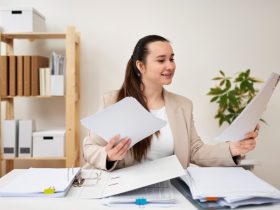
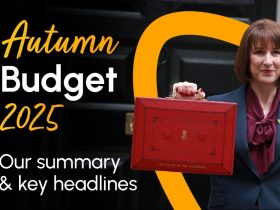
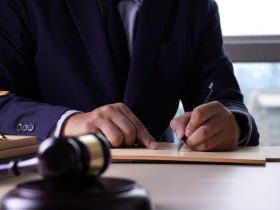
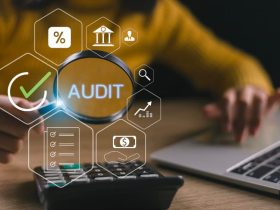


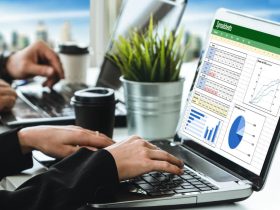
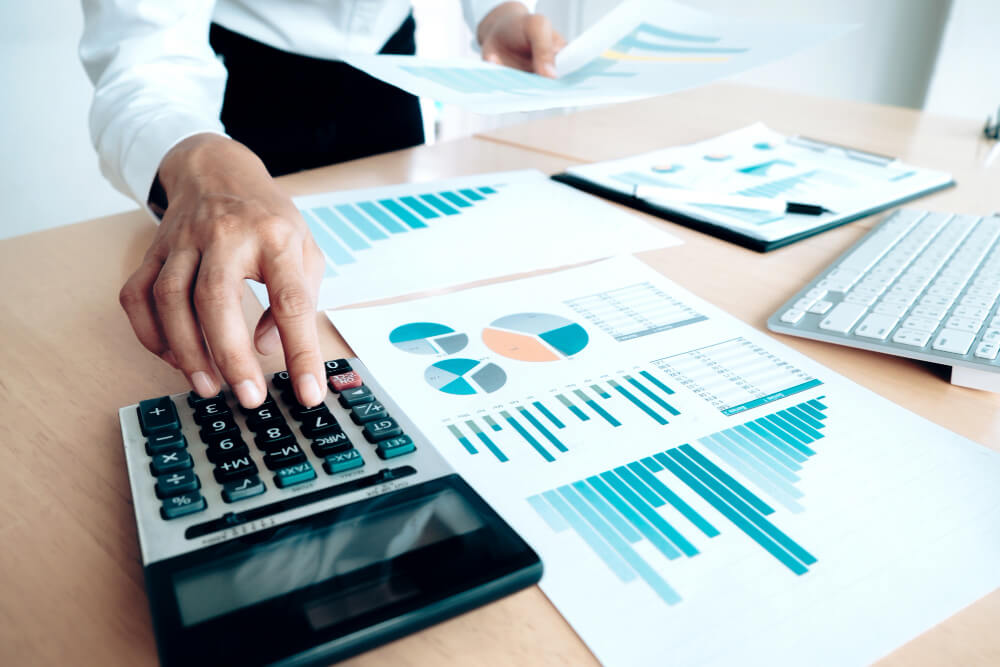

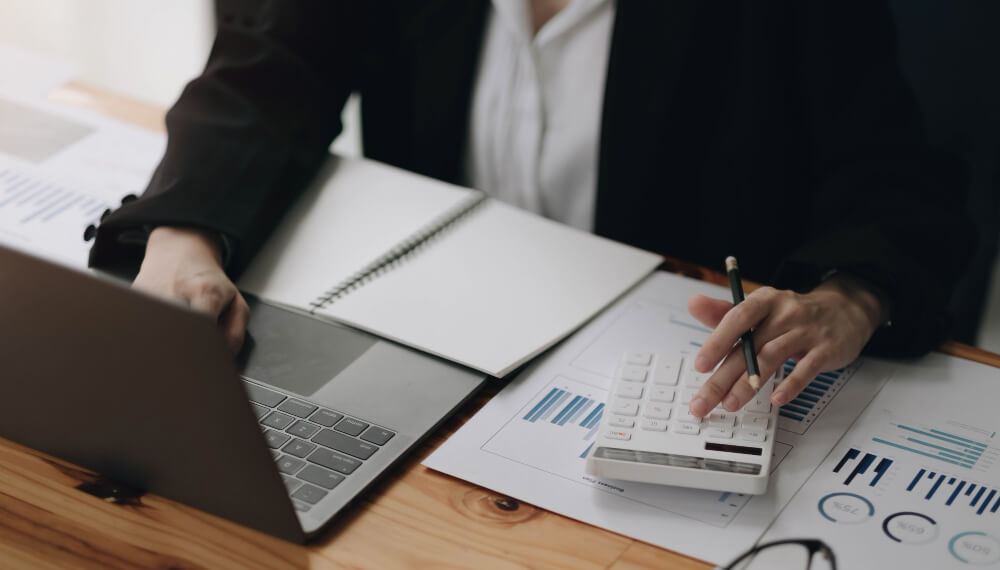
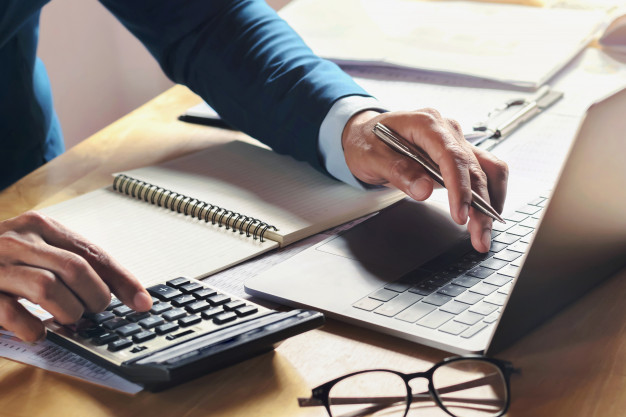
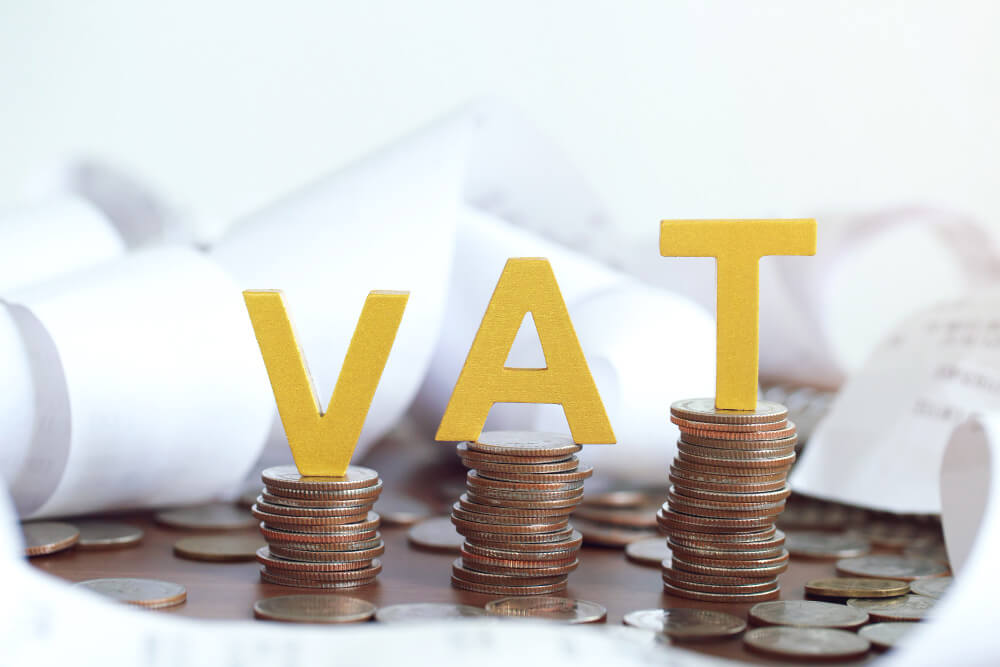
Leave a Reply